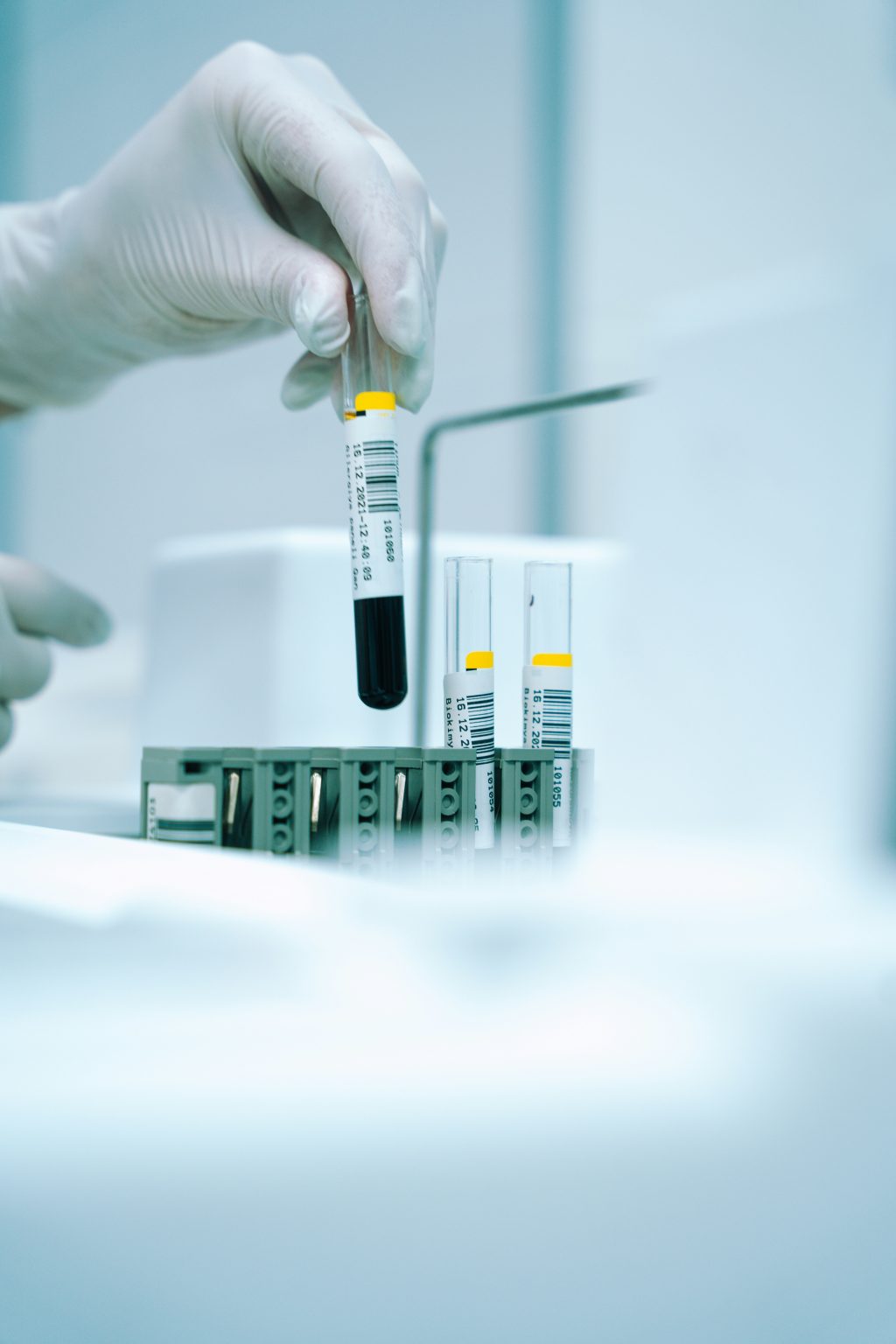Diagnostik Compass
Compact, practical, relevant

First-hand expertise
In our Diagnostics Compass we regularly present diagnostic services from our specialist areas—tailored specifically for our clients and anyone interested in modern laboratory diagnostics. These short articles convey relevant expertise, highlight developments relevant to practice, diagnostic features, and information on submitting samples to Labor Berlin.













